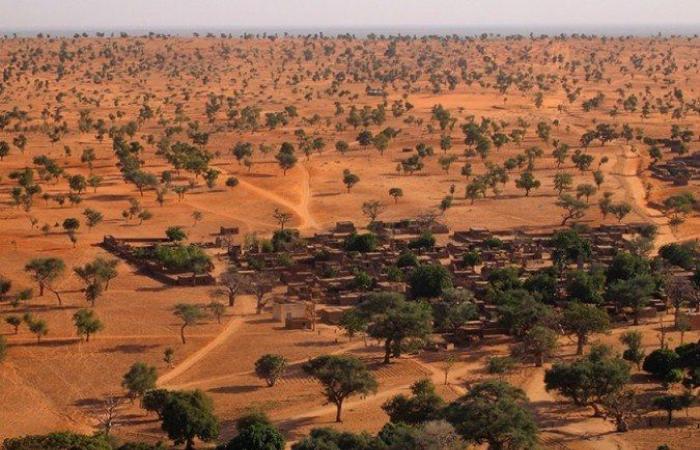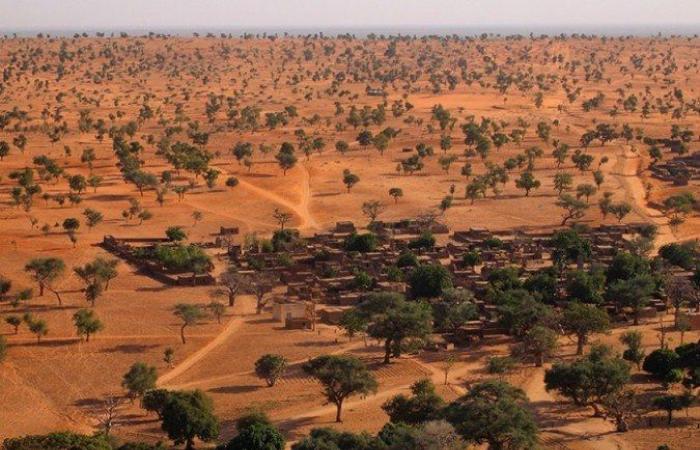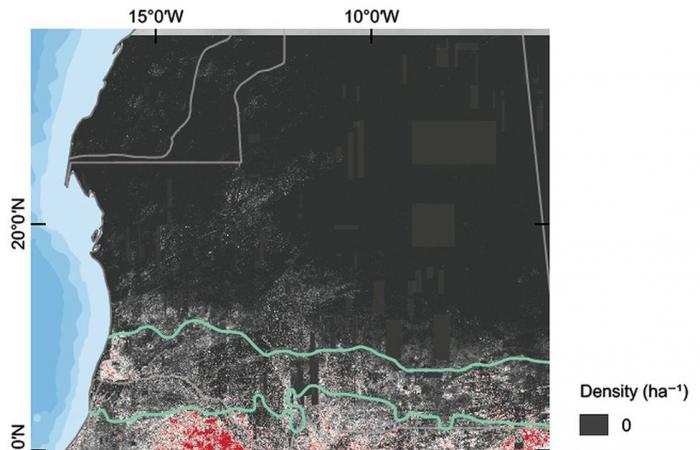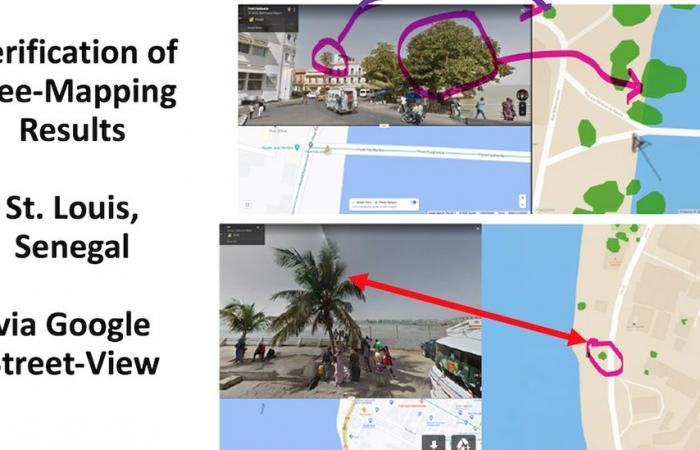posted on 10/21/2020 14:25 / updated on 10/21/2020 14:28
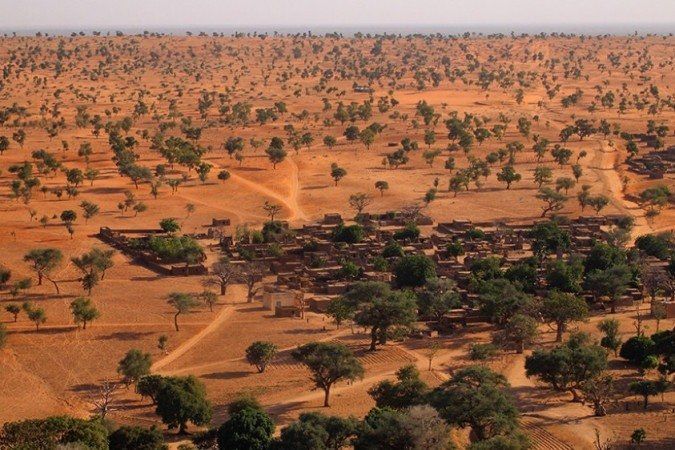
When one thinks of the Sahara, the largest non-polar desert in the world, one often imagines a gigantic plain of sand that seems to extend to infinity.
But a new study shows that the Sahara hides something unexpected: hundreds of millions of trees.
Not grouped in a forest, but lonely trees.
An international group of researchers managed to count these trees one by one in an area of 1.3 million square kilometers in northwest Africa.
The region, which crosses countries like Algeria, Mauritania, Senegal and Mali, includes parts of Western Sahara and also the Sahel, the semi-arid tropical savannah belt south of the desert.
The work, published in the journal Nature, concluded that there are “an unexpectedly large number of trees” in this area.
More specifically, about 1.8 billion were registered, a much larger number than expected.
The study’s lead author, Martin Brandt, from the University of Copenhagen, Denmark, told BBC News Mundo that although “most are in the Sahel, there are hundreds of millions in the Sahara itself”.

“There is an average of one tree per hectare in the Sahara hyperarid. It doesn’t seem like much, but I think it is more than one could imagine,” he said.
In addition, he clarified that the surveyed area represents only 20% of Sahara and Sahel, “so the total count of trees is much higher”.
How was the count
The group of scientists, which included experts from NASA (the American space agency), the National Center for Scientific Research (CNRS) in France and the Dakar Ecological Monitoring Center in Senegal, among others, did the work by accessing satellite images from high resolution normally reserved for military or industrial use.
They used more than 11,000 images of the region, captured by four satellites from the private company Digital Globe, which belongs to the United States National Intelligence Agency, which is part of the country’s Department of Defense.
To find the trees, they used a type of artificial intelligence known as deep learning, in which a computer is taught to do something. In that case, to identify trees.
In order not to confuse a tree with a bush, the experts decided to count only the canopies with an area greater than three square meters.
Brandt told BBC Mundo how he trained the system to accurately identify trees.
“I manually cataloged the canopy area of almost 90,000 trees,” he noted.
“I recorded many because the level of detail in the images is very high and the trees don’t look the same, and we wanted a relatively accurate measurement of the areas of their crowns,” he explained.

The work showed that, on average, the cups were about 12 m².
The researchers estimated that if trees with crowns smaller than 3 m² or smaller shrubs are included, the total vegetation in this desert area would be 20% higher.
What does that mean
Brandt noted that this discovery brings little encouragement when considering the huge problem of deforestation that so worries ecologists and that has been exacerbated in recent years by major forest fires in places like Greece, Australia, the United States and South America.
“Trees in arid areas have always been there. Knowing their number and location is important, but it is not equivalent to planting new trees,” he said.
He also explained that trees in the desert play a lesser role than trees in jungles and forests in absorbing carbon dioxide from the atmosphere.
However, he emphasized that, in semi-arid and sub-humid areas, they “are a considerable consumer of carbon”.
In addition, he highlighted the importance of these trees for people living in these regions.
“They are essential for subsistence, they fertilize the soil, provide greater productivity and provide shade and shelter for humans and animals. They generate income and are fundamental for nutrition,” he said.

Experts believe that the tracking system can serve as a basis for finding trees in other ecosystems.
However, they warn that there are still no conditions to count all the trees on the planet.
“We must create more robust models that can be used on a variety of different satellite systems with different spatial resolutions,” said Brandt.
“Furthermore, if applied to forests, it is often difficult to identify individual trees. If it is difficult for our eyes, it will also be difficult for the model.”
Have you watched our new videos on YouTube? Subscribe to our channel!
These were the details of the news The incredible discovery of hundreds of millions of trees in the... for this day. We hope that we have succeeded by giving you the full details and information. To follow all our news, you can subscribe to the alerts system or to one of our different systems to provide you with all that is new.
It is also worth noting that the original news has been published and is available at time24.news and the editorial team at AlKhaleej Today has confirmed it and it has been modified, and it may have been completely transferred or quoted from it and you can read and follow this news from its main source.

